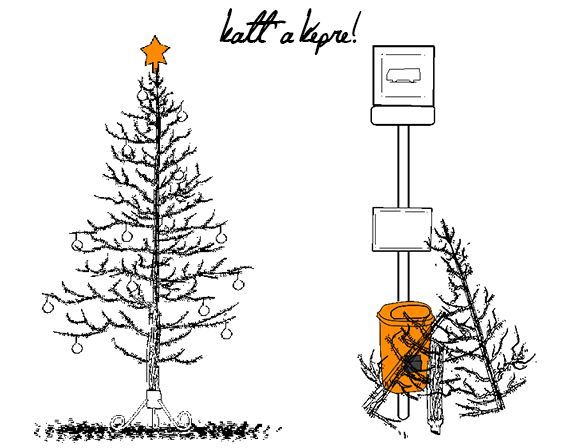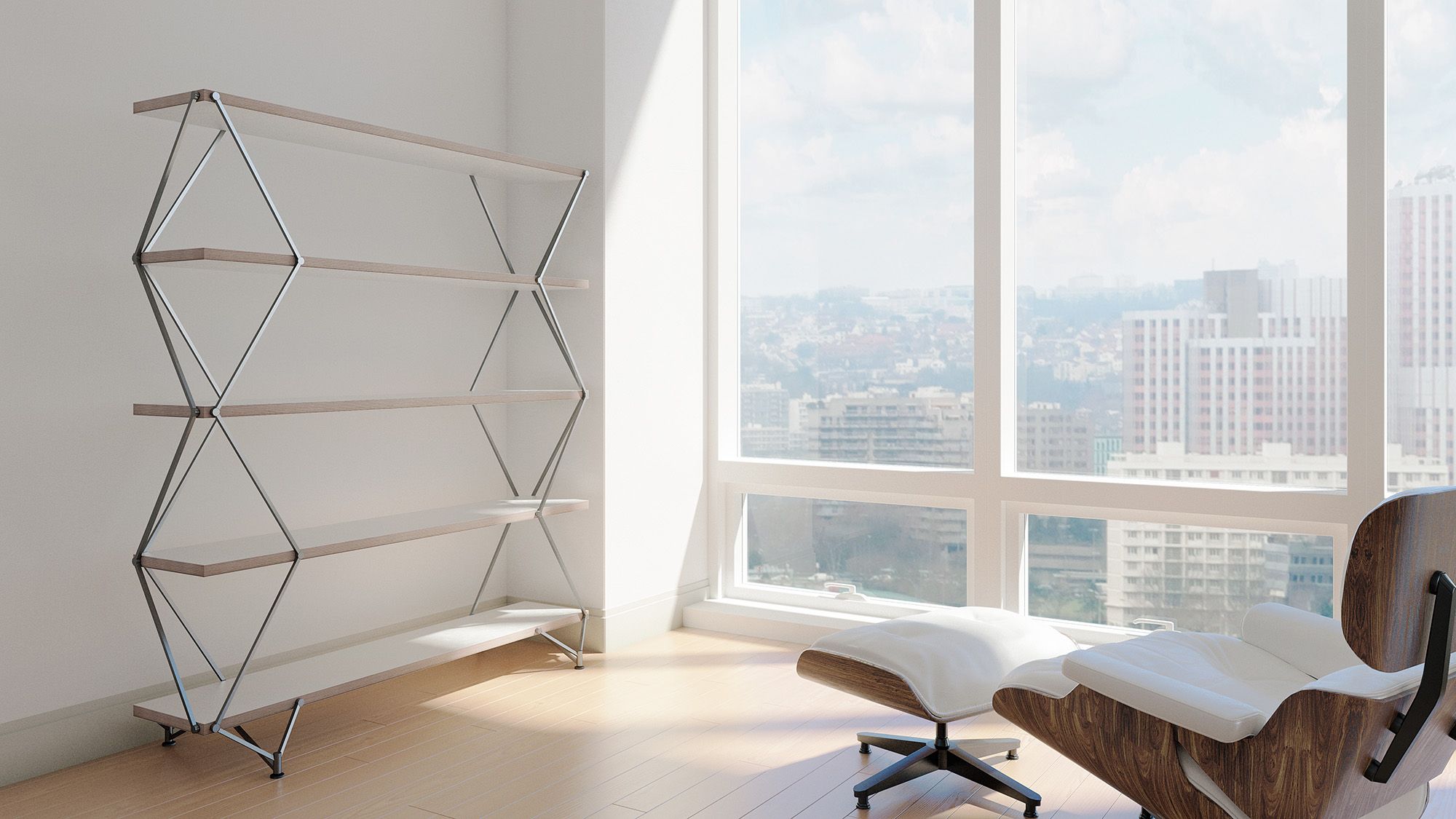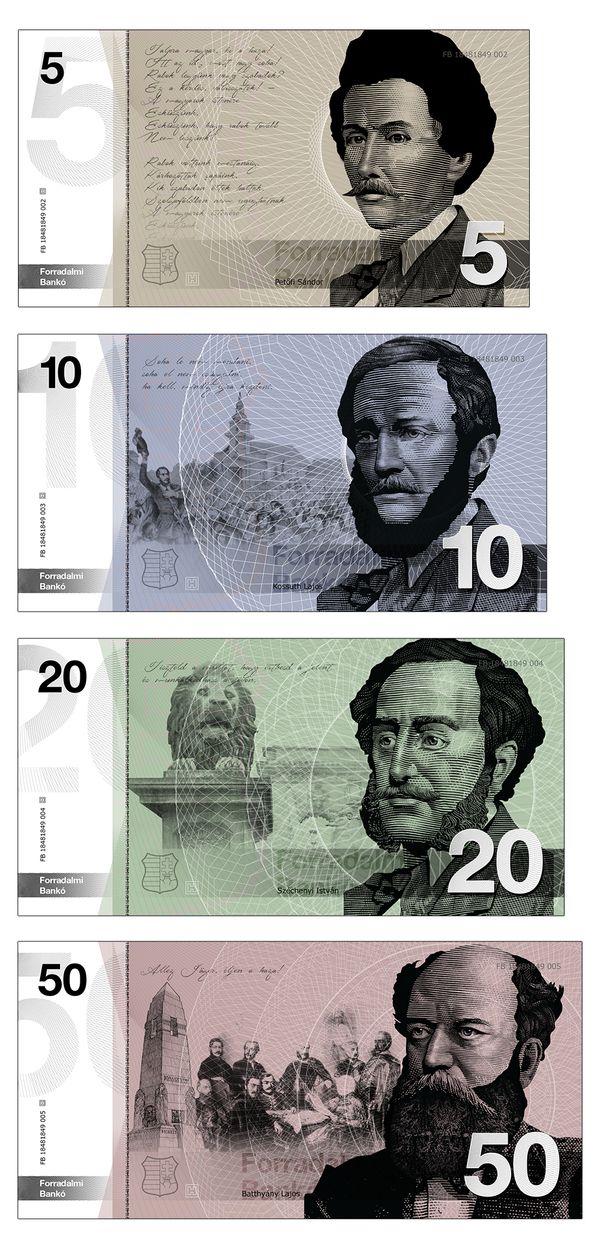The VERTIGO shelf-system is can easily be configurated by customer needs, it is a peculiar static construction, which can be positioned at any point in a given space, it is airy and light, and looks good anywhere. The furniture designed by Józsa István won the Blickfang award last week. We interviewed the YOZA brand’s founder-designer.
This year you exhibited VERTIGO at the Hungarian Design Award’s art show, and a few days ago you won a prize for the same piece of furniture in Vienna, for which we would like to congratulate you. What does this appreciation mean to you?
The Blickfang is an international design exhibition and fare, where I participated at the Hungarian stand organized by FISE. The award itself was a huge surprise. I didn’t recognize the jury that visited my stand, I thought they were regular visitors, and I was very disappointed that after answering all of their questions, it resulted in them not buying anything. When they approached me again, they introduced themselves and told me, that I am on the shortlist, and they asked me to stay for the award ceremony in the evening. The fact that they chose the VERTIGO shelf-system as the best in the furniture category, was only revealed during the award ceremony. I was very delighted, especially because Erich Gaffal, the leader of the professional jury, who is the leader of the Austrian Furniture and Wood Architecture Cluster (MHC), went on and on about my work in his speech, introducing it’s airy, static structure, the clean nodes and it’s variability, all those things that were the reason for me to create it. The award drew the attention of the visitors, many have congratulated me, and I also have new commissions.
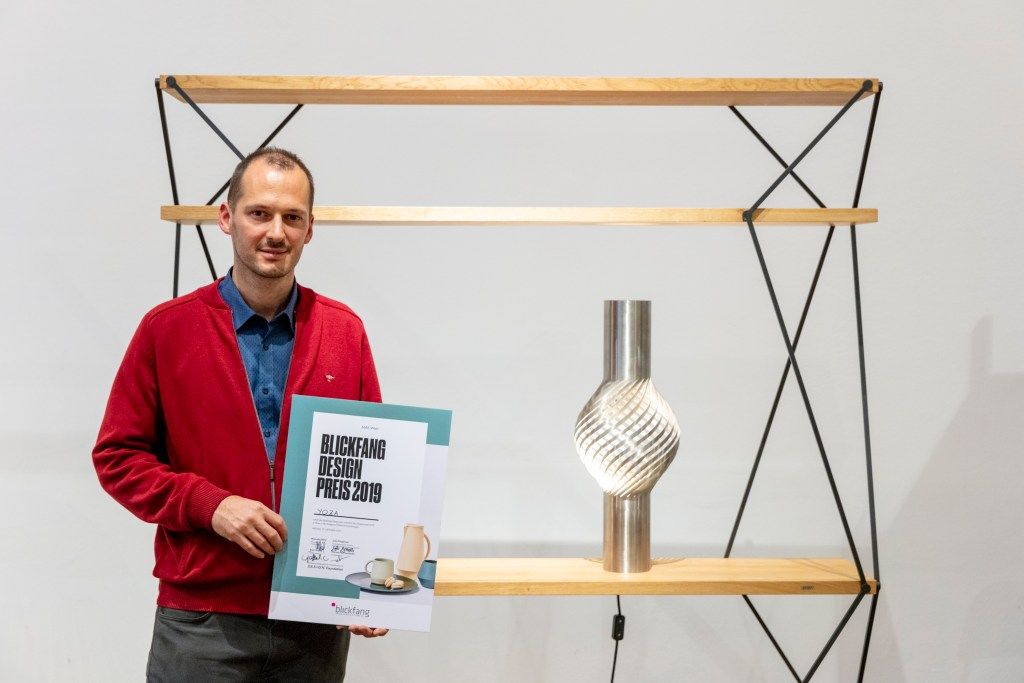
Where did it start, how and when did this cool piece of furniture come to be? What was your main inspiration? And also: what other viewpoints did you take into consideration while designing it?
The completion of the VERTIGO shelf was a long experiment process. The starting point of the design was the interior design imaging of the tetrahedron structure found in bridge structures and power-line poles. My goal was to find the static structure with the least elements, where sticks are providing a stiff connection between two planes. The final system was created when the fifth life-size prototype was being made, this was when the shelf became stable from all sides and I could eliminate torsion.
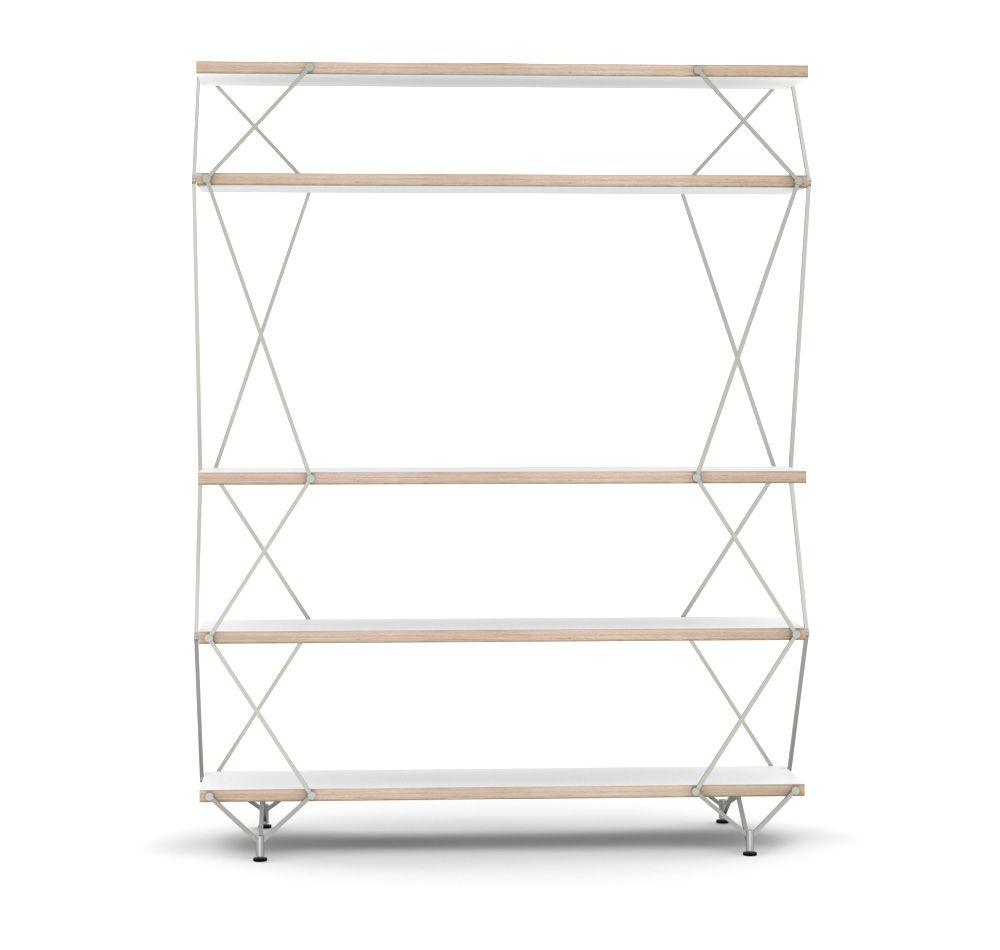
The next step was to create the metal consoles that connected like chains. These allowed for any number of shelves being connected vertically, and the distance between the shelves themselves is also variable. The shape of the consoles was inspired by the metal structure of the Chain Bridge, where they used similar, peculiar “dogbone” shaped links.
The shelf-system in its current form was introduced in 2014 at the Designjunction trade fare in London, since then I participated in many Hungarian and foreign exhibitions. Since every commissioner has different needs, we customize the product regarding size, color, and composition, and we try to fulfill any other requests. These user needs are helping the further development of the product, to make it more perfect, this is how it expanded with the sliding-door closed element, the corner element, and with the double shelf-system.
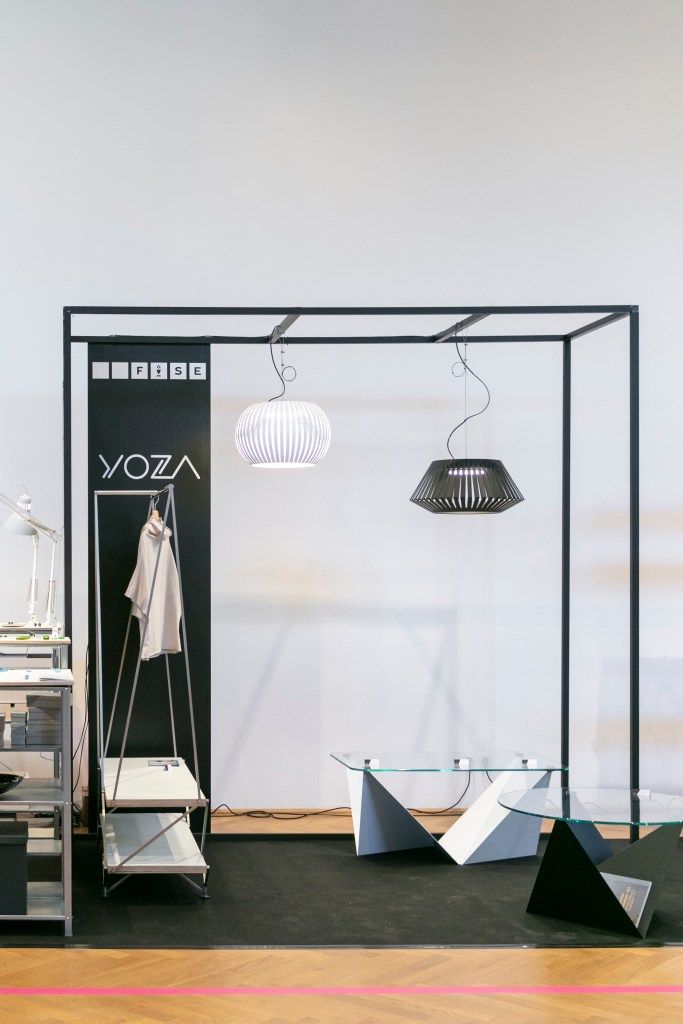
You have participated at different foreign trade fares with FISE for five years now, you have exhibited together in Vienna recently as well – as home comers, to strengthen the emergence of Hungarian designers on the foreign market. Seeing the result, this cooperation is very fruitful. What is your opinion: how hard is it for a Hungarian designer to fly solo? How and what changed in your career regarding your cooperation?
I was very happy when in 2014 I could go tot he Designjuction in London with the FISE team. This was the first time for me to be an exhibitor and not only a visitor at a prominent foreign trade fare. These fares are providing a great occasion for designers to meet their potential customers personally, and get direct feedback from those who are interested. It sheds a completely different light and meaning on things when you are in a situation with someone who is deciding whether they are spending their money on your design product or someone else’s, in comparison to a professional talk, or an exam situation.
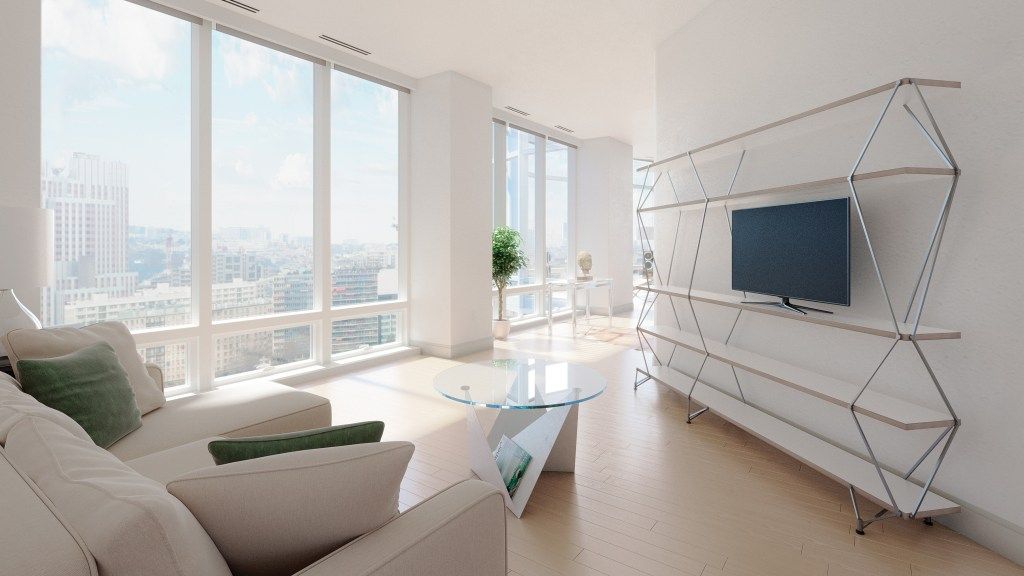
To participate at such an event requires a significant financial and logistic effort as well, as an entrant it is not easy to provide these conditions. Group exhibitions, however, such as the occasions organized by FISE, are a great help in taking the first steps.
Do you already have a new plan up your sleeve? Plans for the future? As far as I know, you are up to something with Koós Daniella…
In the future, I would like to continue to expand the YOZA brand’s repertoire with objects similar to VERTIGO, attention-grabbing objects, that are in search of the junctions of design, architecture, and art. Thanks to the NKA scholarship, the SPLIT metal lamp-family will debut, which was born as the result of a metal plate processing experiment.

We are exhibiting together with Koós Daniella since 2014 due to FISE at foreign trade fares, and we have also worked together on other projects as well. Since we are both furniture designers, and our creations are offered to the same crowd, we have decided to merge our products to obtain a more effective presence on the market, and our products will be reachable under the YOZA brand in the future. Currently, we are participating in the HFDA design SPEED mentor program, which is great, because we can create our post merging strategy with professional assistance.
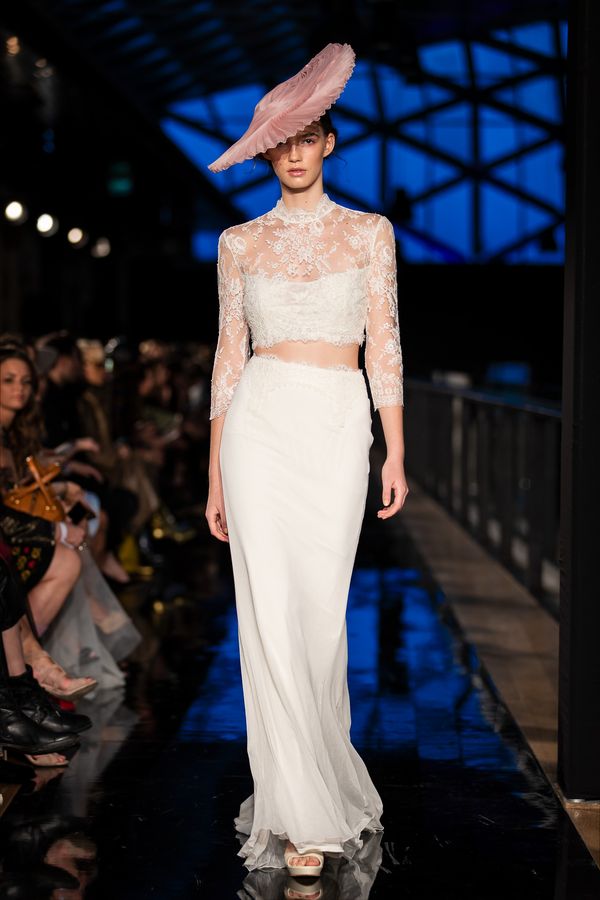
BCEFW SS20 | HYPE-favorites
